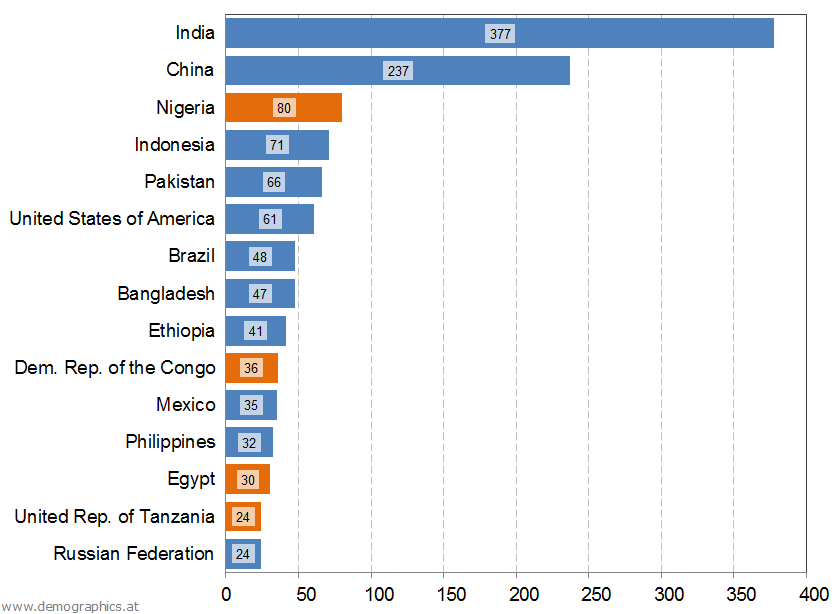
Questions & Answers
Updated: 22 December 2016
Q1 What is the inter-generation transfer of wealth?
Lexis diagram of inter-generation relations.
Diagram by GKH
The inter-generation transfer of wealth is a key concept for understanding pension systems.
Q2 What are concsequences of rapid population growth?
Schematic diagram of some consequences of rapid population growth.
Source: United Nations, WPP2015
In this section we discuss consequences of rapid population growth with annual rates of increase of more than 2 or 3 percent.
Q3 What are consequences of population ageing?
Major regions: Median age, 1950-2050.
Chart by GKH, 2010. Data: UN WPP2015.
Population ageing is a demographic process that is affecting or will soon affect almost every country in the world.
Q4 What are consequences of sub-replacement fertility?
Europe: Selected low-fertility countries, 1950-2050.
Chart by GKH. Data Source: UN WPP2015.
Note: Scale starts at 1 child per woman.
Note: Scale starts at 1 child per woman.
Sub-replacement fertility can be a serious social, economic and political problem - particularly if the fertility level is far below replacement and the situation continues for many decades.
Q5 Which country has the largest number of children?
Number of children (0-14): Top-15 countries, 2015.
Chart by GKH. Data Source: UN WPP2015.
Note: Scale starts at 1 child per woman.
Note: Scale starts at 1 child per woman.
India, China and Nigeria are the countries with the largest number of children. However, India, has the most children by far : More than 377 million.
Q6 Which country has the largest number of elderly?
Number of people age 65+: Top-15 countries, 2015.
Chart by GKH. Data Source: UN WPP2015.
Note: Scale starts at 1 child per woman.
Note: Scale starts at 1 child per woman.
China, India and the United States of America are the countries with the largest number of people age 65+.





